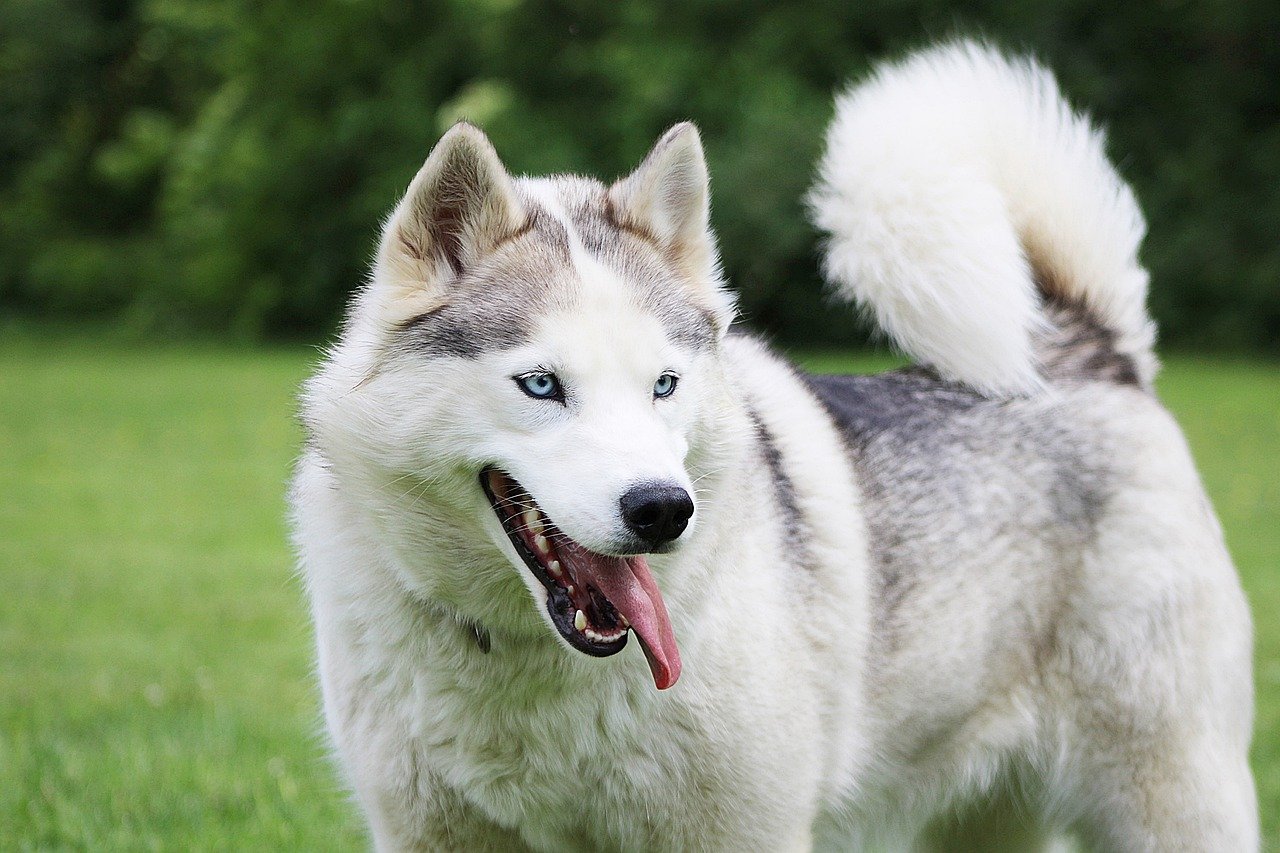 Shutterstock
Shutterstock
Dogs and cats are often portrayed as natural enemies. While many dog breeds can live harmoniously with feline companions, some breeds are simply not well-suited for households with cats. Whether it’s due to a high prey drive, strong territorial instincts, or a lack of socialization, certain dog breeds can find it challenging to coexist peacefully with cats. Understanding the temperament, instincts, and behavioral tendencies of these breeds is crucial for pet owners looking to create a harmonious multi-pet household.
Greyhound
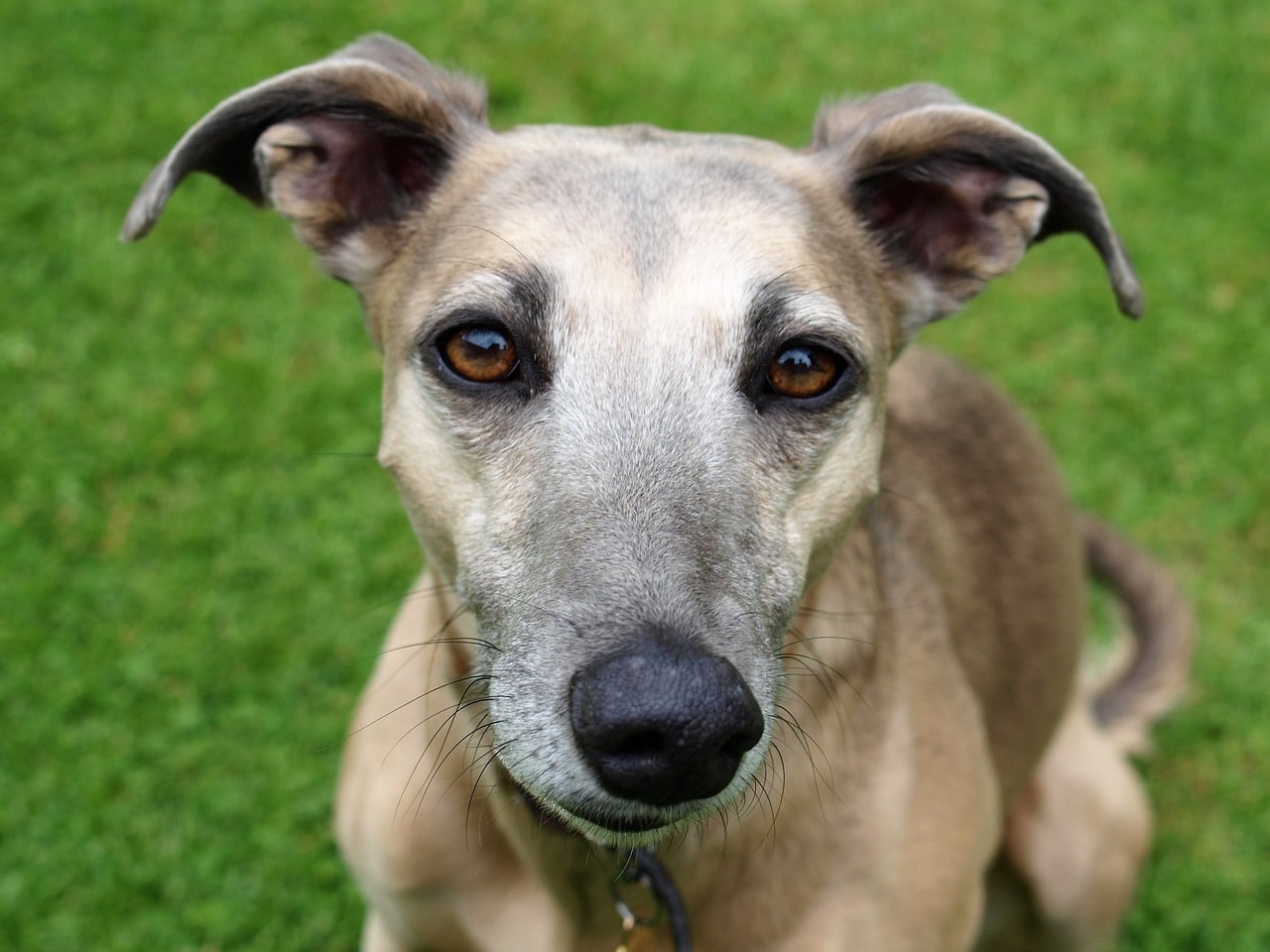 Shutterstock
Shutterstock
Greyhounds are famous for their speed and agility, and their natural prey drive makes them excellent racing dogs. However, this same prey drive can make it difficult to manage around smaller animals like cats. Greyhounds were bred to chase, and anything that moves quickly can trigger this instinct. Even with training, their high prey drive may still make them dangerous around cats, especially if the cat tends to run or act skittish. While some Greyhounds can live peacefully with cats, it takes careful supervision and gradual introductions.
Jack Russell Terrier
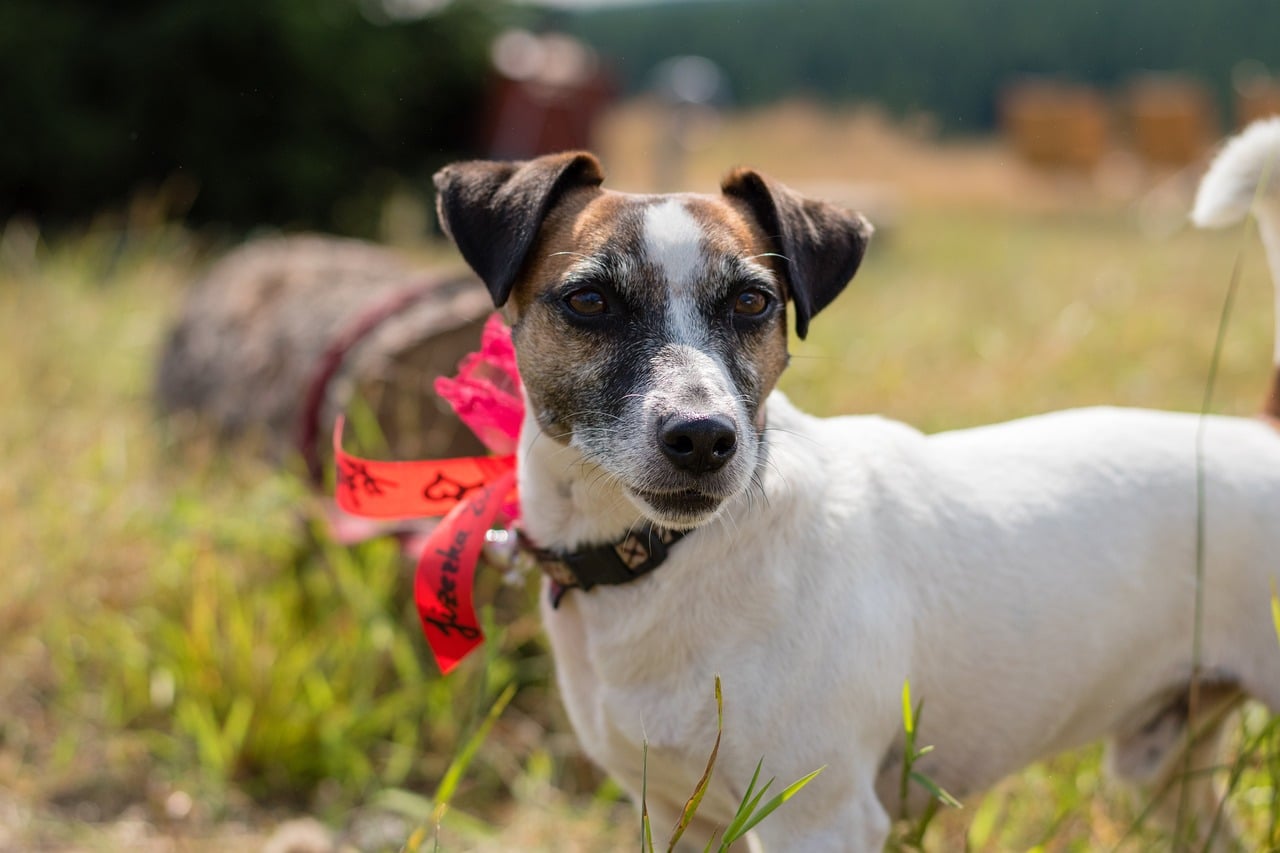 Shutterstock
Shutterstock
Jack Russell Terriers are small, energetic dogs with a high prey drive. Bred for hunting foxes and other small game, they are naturally inclined to chase after smaller animals, including cats. Jack Russells are known for their tenacity and strong hunting instincts, which can make it difficult for them to see a cat as anything other than prey. While they may learn to tolerate a calm, assertive cat, their natural instincts make it difficult for them to live in harmony with felines, especially in homes where the cat is active or playful.
Siberian Husky
 Shutterstock
Shutterstock
Siberian Huskies are energetic, independent dogs with a strong predatory instinct. Bred for endurance and work, they have a natural inclination to chase smaller animals, including cats. Their strong prey drive can make them dangerous to have around cats, particularly if the cat is timid or prone to running away. While some Huskies may be able to live peacefully with a cat they’ve been raised with, it often takes significant training and supervision to manage the relationship.
Alaskan Malamute
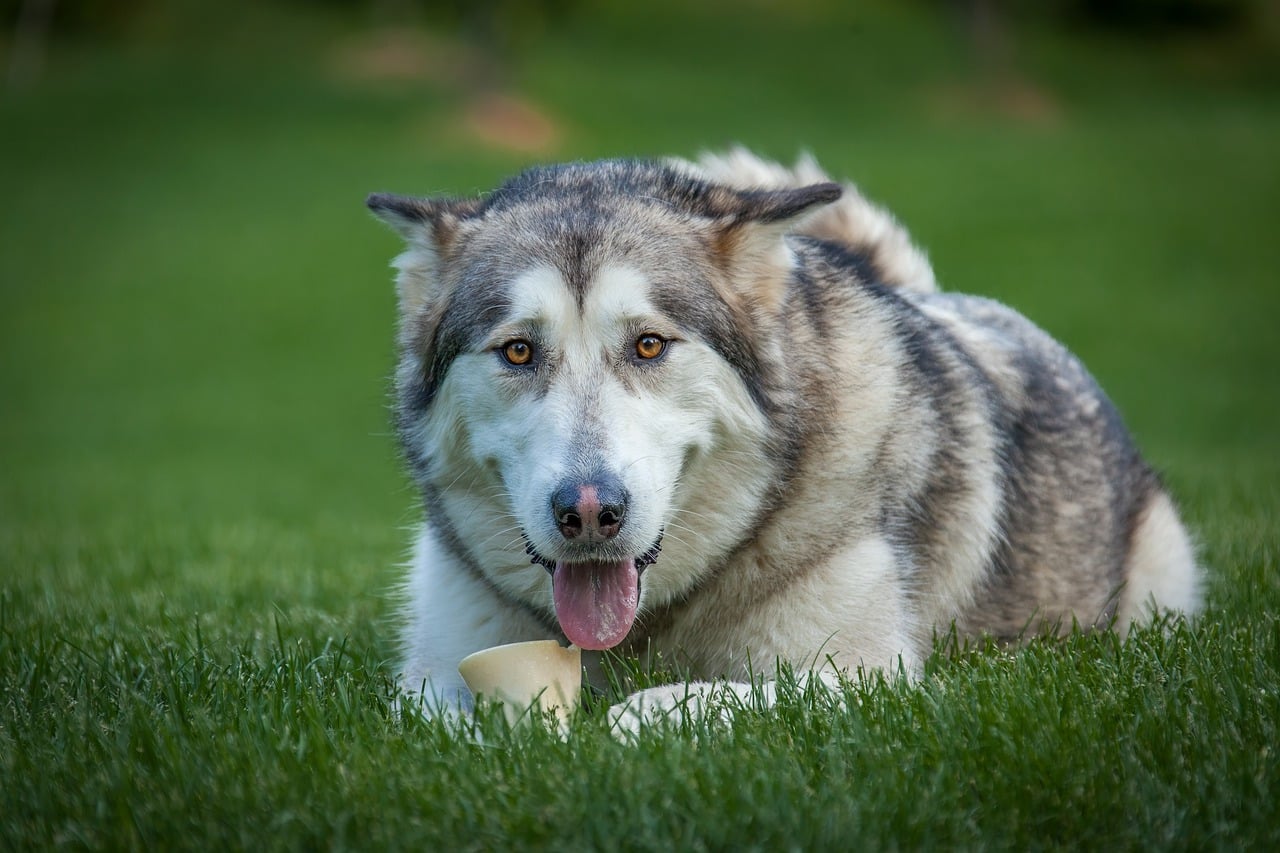 Shutterstock
Shutterstock
Similar to the Siberian Husky, the Alaskan Malamute has a strong prey drive due to its working dog heritage. This breed was developed to pull heavy loads in cold climates, but their instincts to chase and hunt smaller animals remain strong. Alaskan Malamutes can be territorial and may see cats as intruders in their space. While some Malamutes can be trained to tolerate cats, it is not always a guarantee, and careful supervision is required to prevent any aggressive behavior toward the feline member of the household.
Beagle
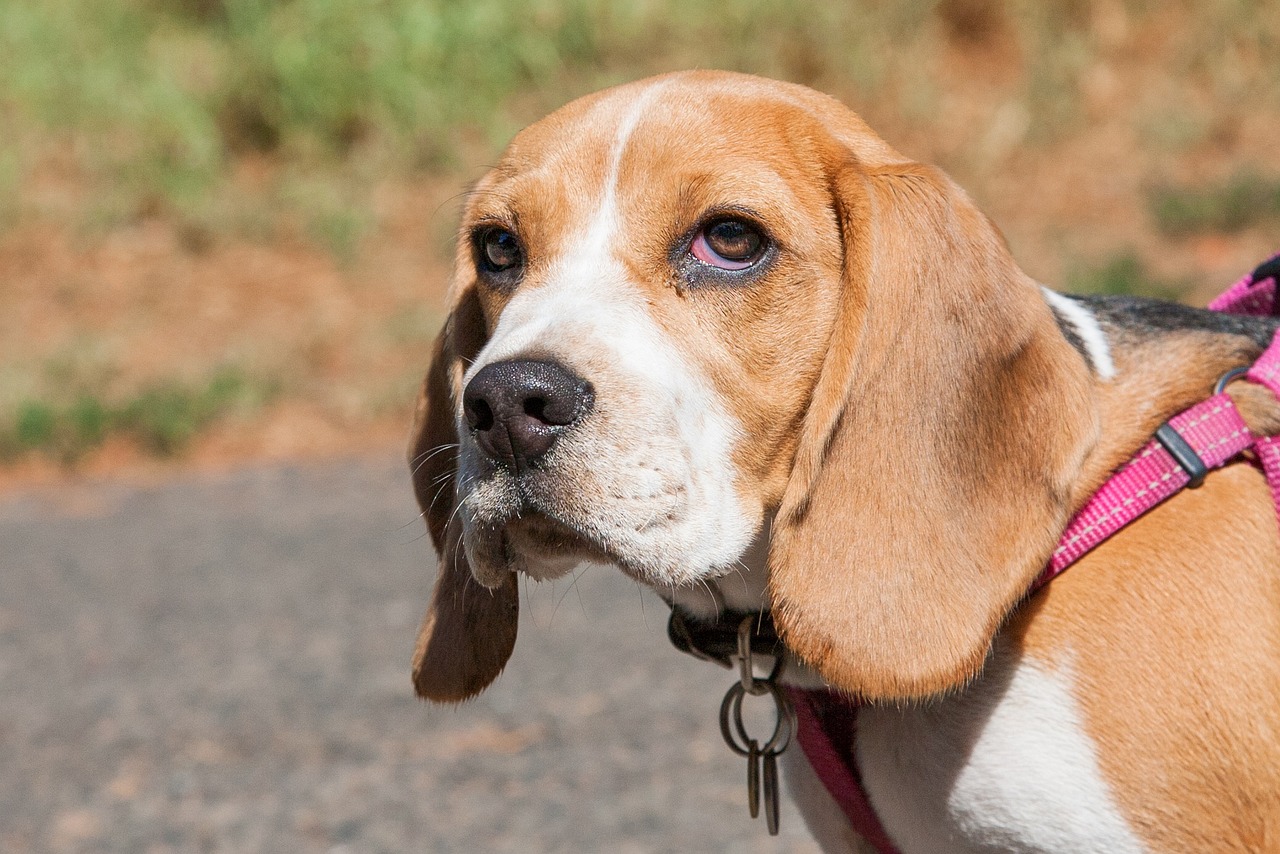 Shutterstock
Shutterstock
Beagles were originally bred for hunting small game, and their keen sense of smell and strong prey drive make them natural chasers. While they are friendly and affectionate with humans, Beagles can have difficulty coexisting with cats due to their inclination to pursue smaller animals. Their persistence in following scents and tracking can lead them to view cats as prey, making it challenging to maintain a peaceful home environment. While some Beagles may be cat-friendly with the right training and socialization, it’s not always a natural fit.
Australian Cattle Dog
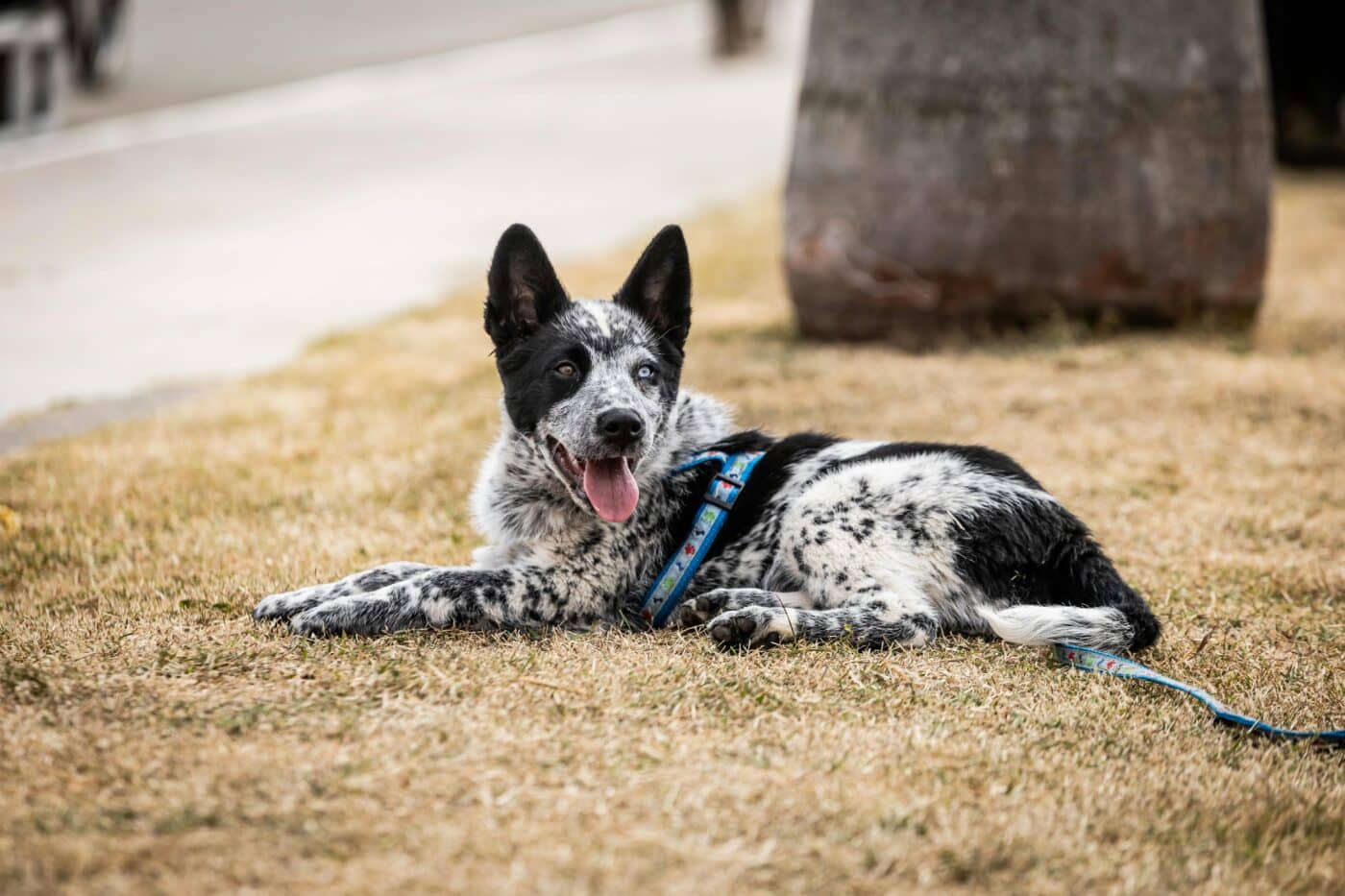 Shutterstock
Shutterstock
The Australian Cattle Dog, also known as a Blue Heeler, is an intelligent and energetic breed known for its strong herding instincts. While their drive to control and herd livestock is valuable on a farm, it can create tension in a household with cats. Australian Cattle Dogs may attempt to herd cats, nipping at them and causing stress. This breed’s high energy levels and territorial nature can also lead to aggressive interactions with cats, particularly if the dog views the cat as an invader in its space.
Scottish Terrier
 Shutterstock
Shutterstock
Scottish Terriers, or “Scotties,” are independent dogs with a strong sense of territory and a high prey drive. Bred to hunt vermin, they are naturally inclined to chase after smaller animals, including cats. Scottish Terriers can be stubborn and assertive, which can lead to conflicts with cats, especially if the cat does not back down easily. Their strong territorial instincts make them protective of their space, and they may not take kindly to sharing it with a feline.
American Pit Bull Terrier
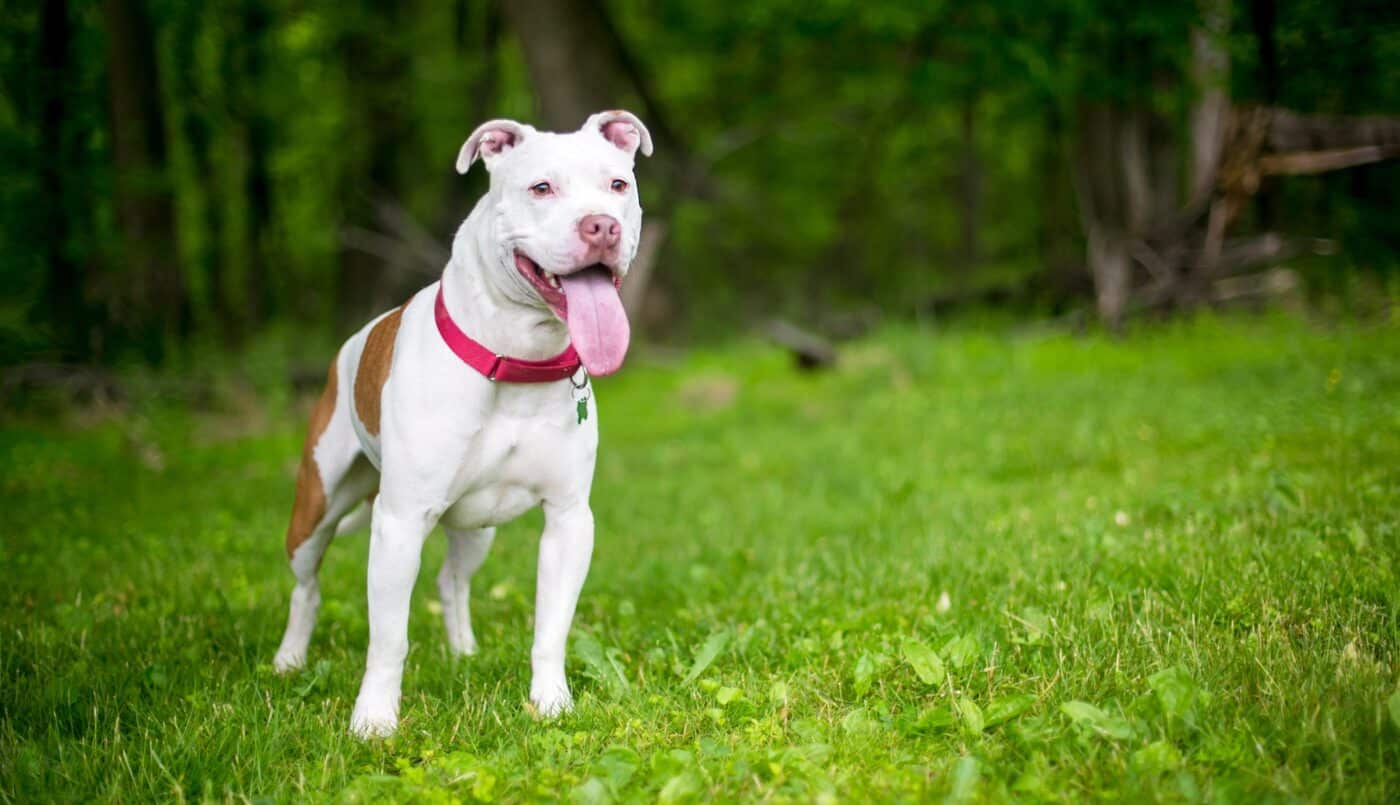 Shutterstock
Shutterstock
Pit Bulls have a reputation for being powerful and muscular dogs, but they are also known for their strong prey drive. While Pit Bulls can be loyal and affectionate with their human family members, their instinct to chase and overpower smaller animals can make them a poor match for homes with cats. Even though some Pit Bulls may be raised alongside cats and learn to coexist peacefully, their strong drive to dominate can create tension, especially in homes with more than one pet.
Weimaraner
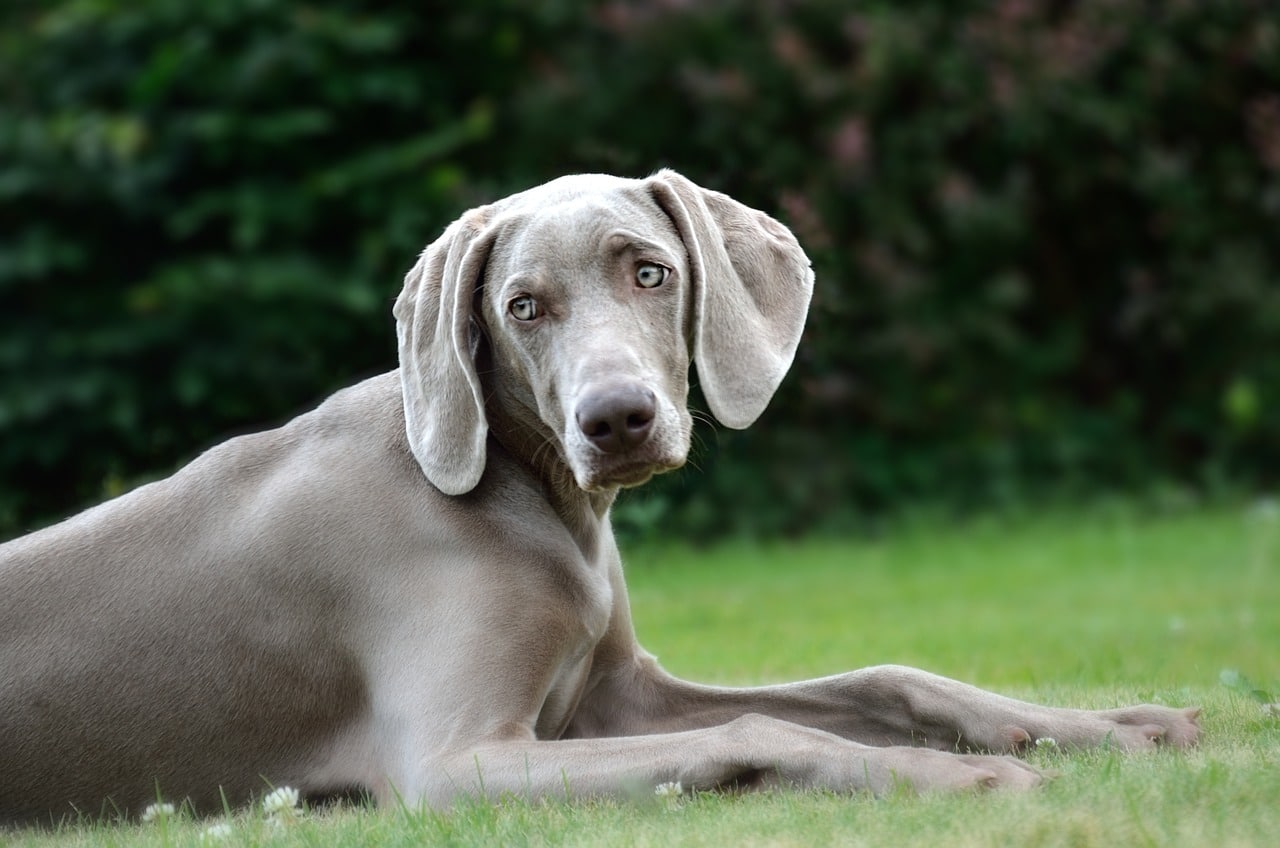 Shutterstock
Shutterstock
Weimaraners are large, athletic dogs that were originally bred for hunting large game. As such, they have a strong prey drive and a natural inclination to chase after smaller animals, including cats. Weimaraners are intelligent and independent, but their hunting instincts make it difficult for them to see cats as anything other than prey. This breed is best suited to homes without small animals, as their powerful build and high energy can pose a risk to cats, even with careful training and supervision.
Fox Terrier
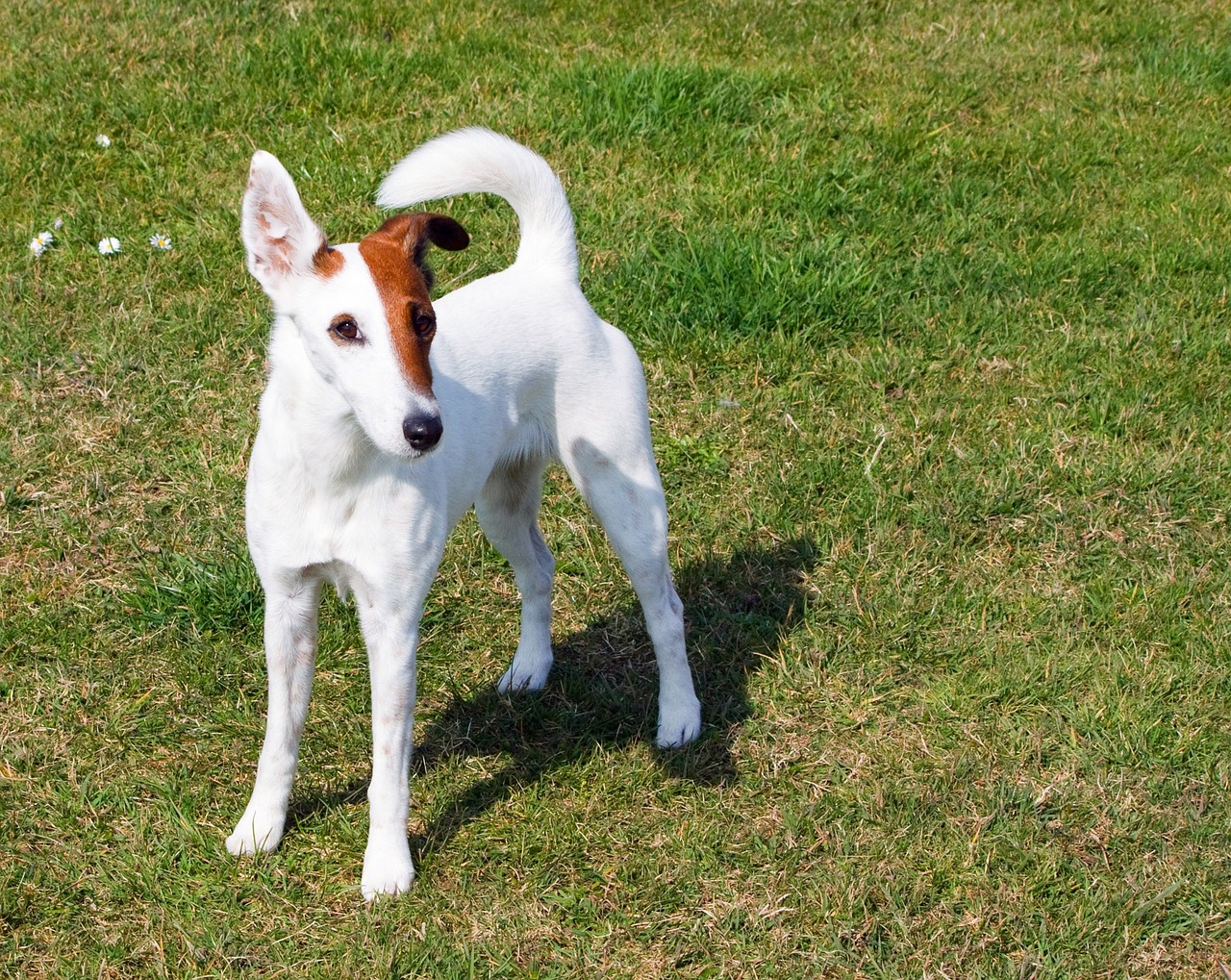 Shutterstock
Shutterstock
Fox Terriers are known for their hunting abilities and high energy levels. Bred to chase and hunt foxes and other small animals, they are highly prey-driven and may see cats as something to pursue. Their natural tendency to chase and their quick movements can cause stress for cats, particularly those who are shy or skittish. Fox Terriers are stubborn and independent, making it challenging to train them to get along with cats, especially if they are not socialized with felines from a young age.
Basenji
 Shutterstock
Shutterstock
The Basenji is a unique breed known for its quiet, bark-less nature, but its strong prey drive makes it a difficult companion for cats. Bred as a hunting dog in Africa, the Basenji has a keen instinct to chase after small, fast-moving animals. This natural inclination can make it hard for them to coexist peacefully with cats, especially if the cat tends to run or act unpredictably. While some Basenjis may learn to tolerate cats, their strong hunting instincts often get in the way of forming a peaceful bond.
Airedale Terrier
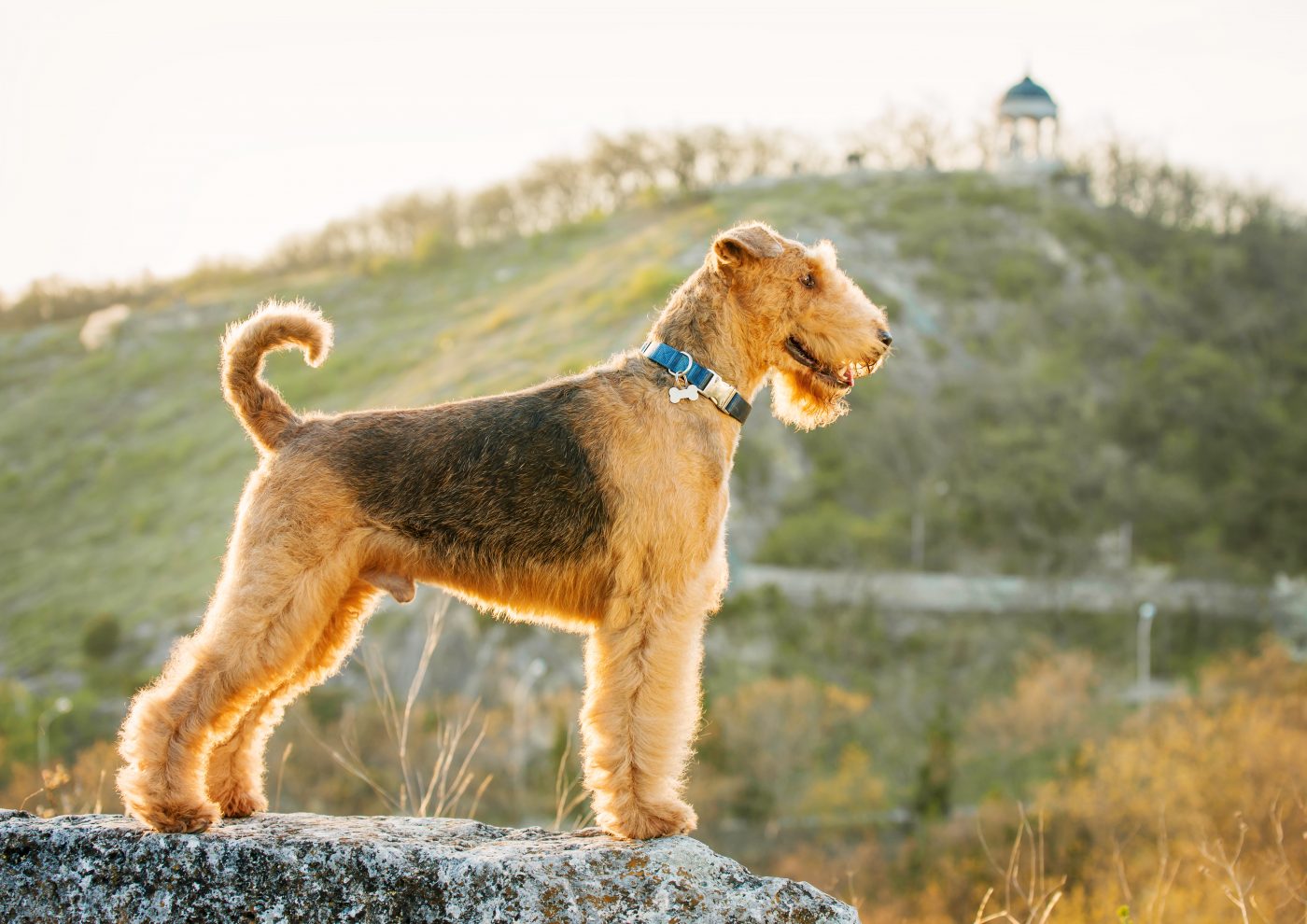 Shutterstock
Shutterstock
Airedale Terriers are the largest of the terrier breeds and have a strong prey drive, which can make them incompatible with cats. Bred for hunting and working, Airedales have an instinct to chase after smaller animals, and they may view cats as prey. Their independent nature and strong-willed temperament can make it difficult to train them to get along with cats, especially if they are not socialized from a young age. Airedales may be more likely to chase or become aggressive with cats, making them a risky choice for multi-pet households.
Border Collie
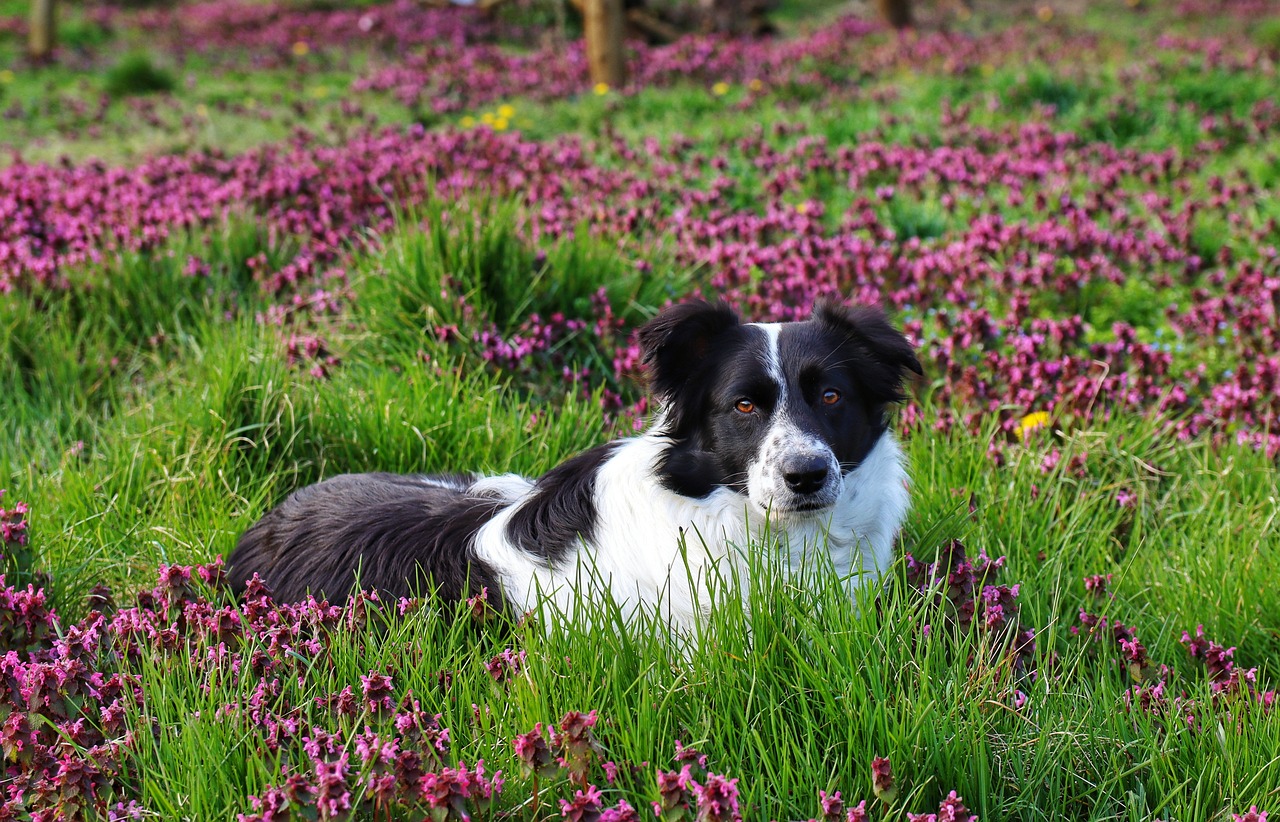 Shutterstock
Shutterstock
Border Collies are highly intelligent and energetic herding dogs known for their work ethic and drive. However, their herding instincts can create tension in homes with cats, as Border Collies may try to herd and control the cat’s movements. This behavior can be stressful for cats and lead to conflict between the two animals. Additionally, Border Collies’ high energy levels and strong desire for mental stimulation can make them too intense for a relaxed household with a feline companion.
Belgian Malinois
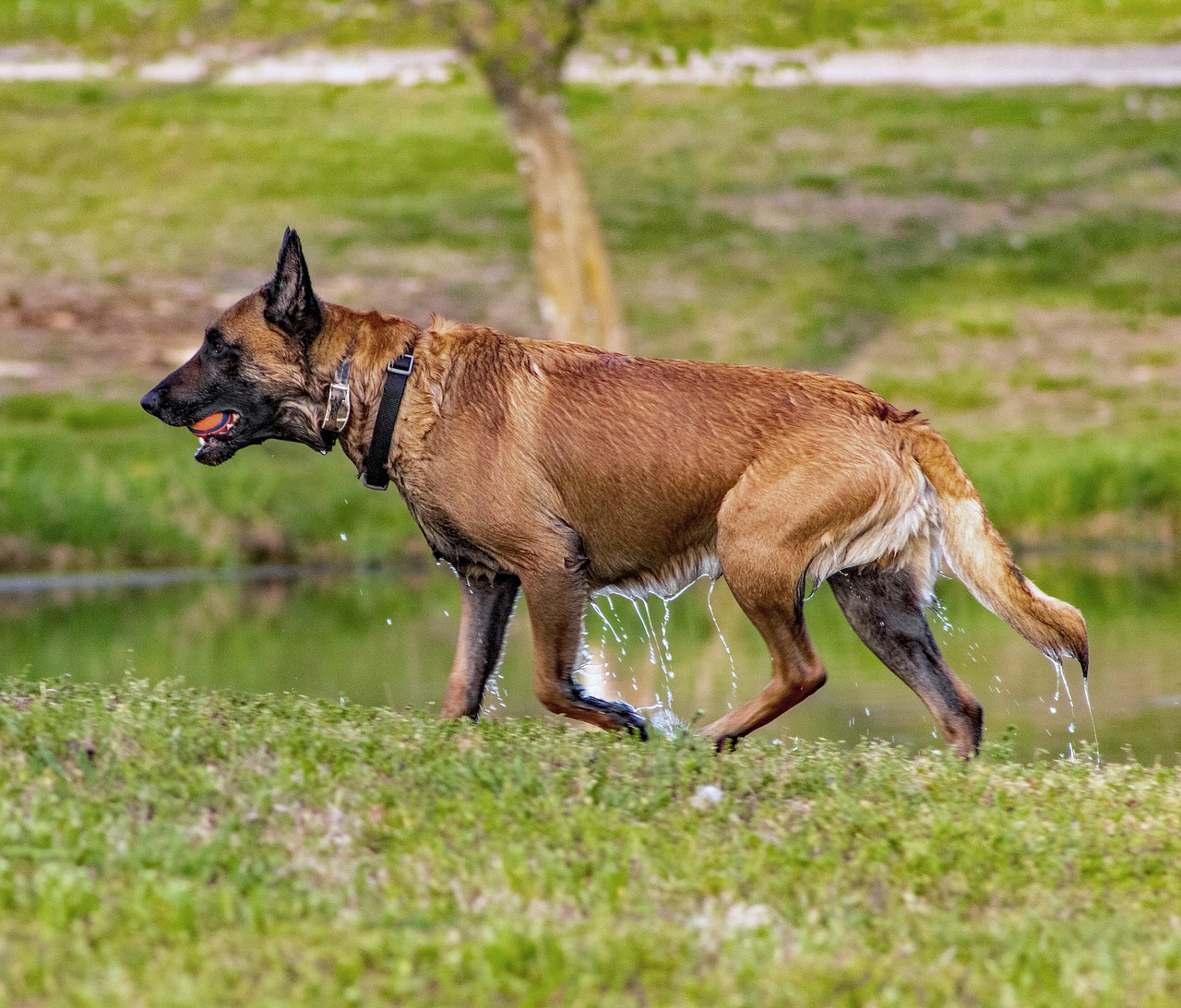 Shutterstock
Shutterstock
Belgian Malinois are intelligent, loyal, and driven dogs often used in police and military work due to their strong work ethic and instincts. However, their high prey drive and territorial nature make them a challenging breed to have around cats. Belgian Malinois are known for their protective instincts, and they may view cats as intruders or prey, leading to aggressive behavior. This breed requires significant training and socialization to coexist peacefully with other animals, and even then, it may not be suitable for homes with cats.
Saluki
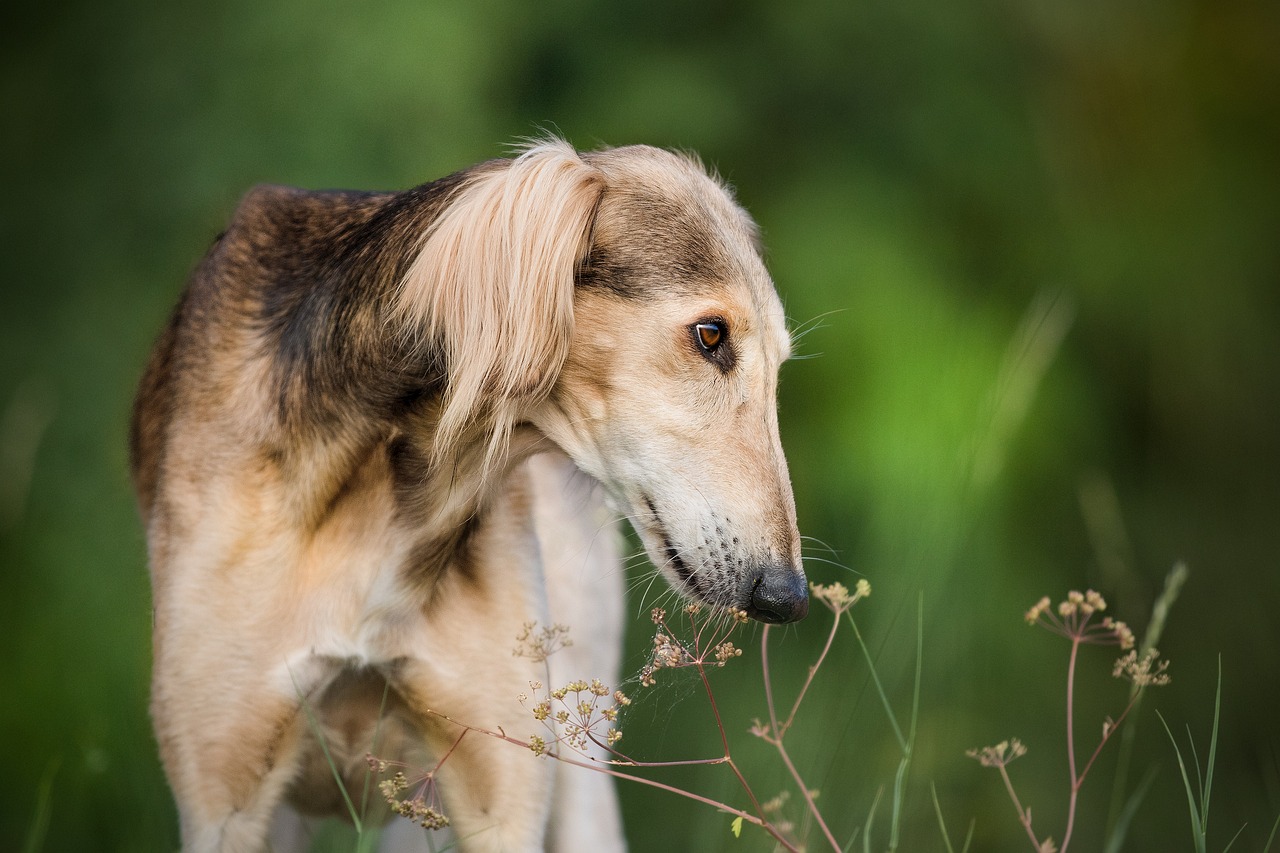 Shutterstock
Shutterstock
The Saluki is an ancient breed known for its incredible speed and hunting abilities. Originally bred to chase game across the desert, Salukis have a strong prey drive that makes them naturally inclined to chase after small animals, including cats. While they are gentle and affectionate with their human families, their natural instincts can make it difficult for them to coexist with cats, especially if the cat is prone to running or sudden movements. Salukis are best suited to homes without small animals.
Irish Wolfhound
 Shutterstock
Shutterstock
Irish Wolfhounds are gentle giants known for their calm and friendly demeanor. However, their large size and history as hunting dogs give them a natural prey drive that can be problematic in homes with cats. Although they are typically not aggressive, their instinct to chase smaller animals can lead to accidental harm. Irish Wolfhounds may do best in homes without cats or with significant training and supervision to prevent any unwanted chasing behavior.
Pharaoh Hound
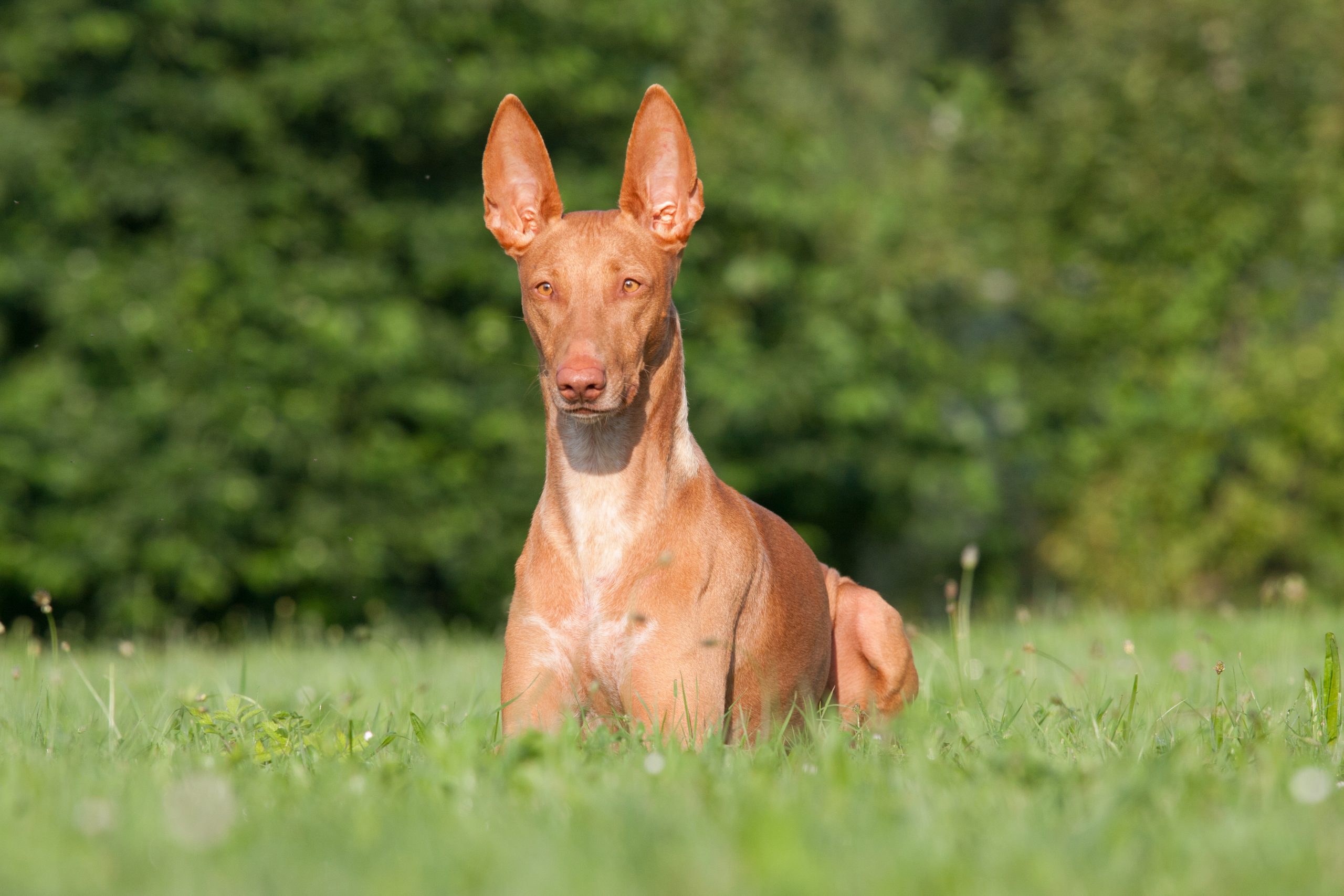 Shutterstock
Shutterstock
Pharaoh Hounds are graceful and athletic dogs with a long history of hunting small game. Their natural hunting instincts make them prone to chasing smaller animals, including cats. While they are loyal and affectionate with their human families, Pharaoh Hounds may find it challenging to resist the urge to chase after a cat, especially one that moves quickly. This breed is best suited for homes without small animals, as their prey drive can be difficult to manage.
Whippet
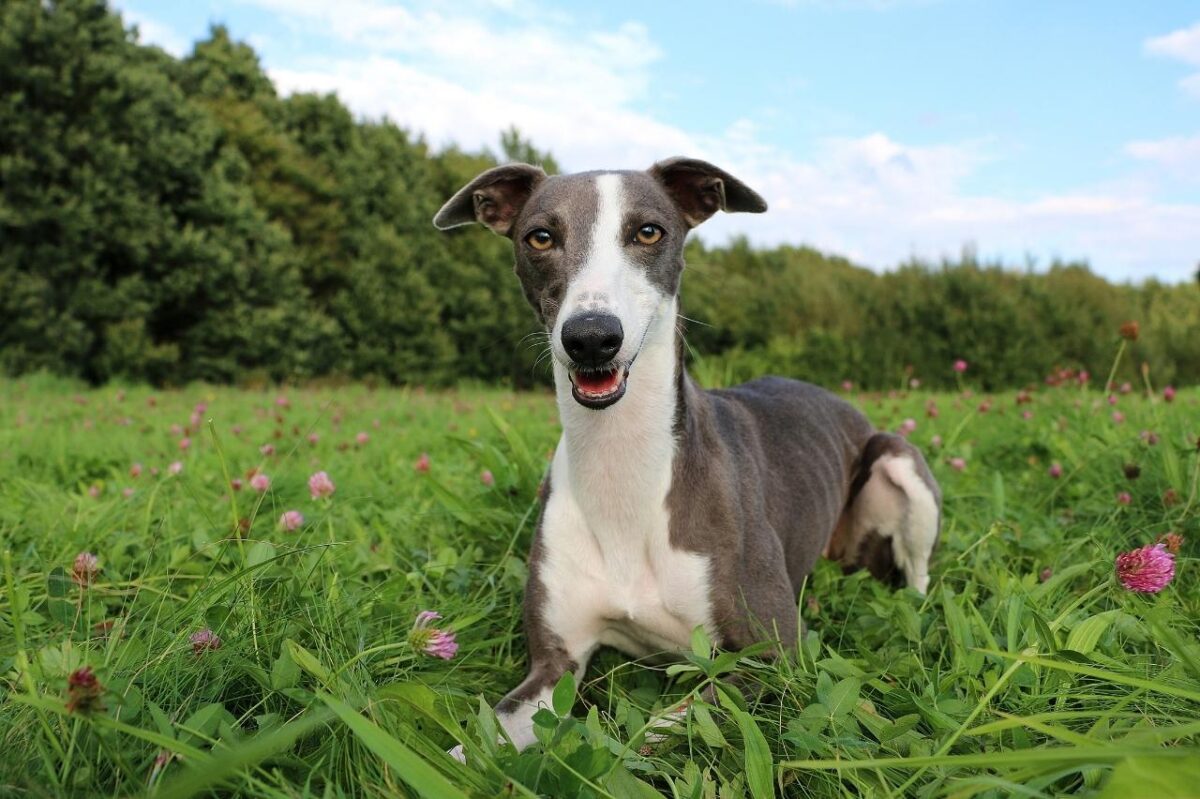 Shutterstock
Shutterstock
Whippets are known for their incredible speed and sleek appearance, but their high prey drive makes them a risky choice for homes with cats. Bred for hunting small game, Whippets have a natural inclination to chase anything that moves, including cats. Even with training, their instinct to pursue smaller animals can be difficult to control. While some Whippets can learn to live peacefully with a cat, careful introductions and constant supervision are necessary to prevent unwanted chasing or aggressive behavior.
Rhodesian Ridgeback
 Shutterstock
Shutterstock
Rhodesian Ridgebacks are strong, muscular dogs with a history of hunting large game, including lions. Their powerful build and high prey drive makes them a challenging breed to have in a home with cats. Ridgebacks are known for their territorial nature and may see a cat as an intruder in their space. While they are loyal and protective of their families, their natural instincts can make it difficult for them to coexist with cats, especially in homes where the cat is not confident or assertive.
Doberman Pinscher
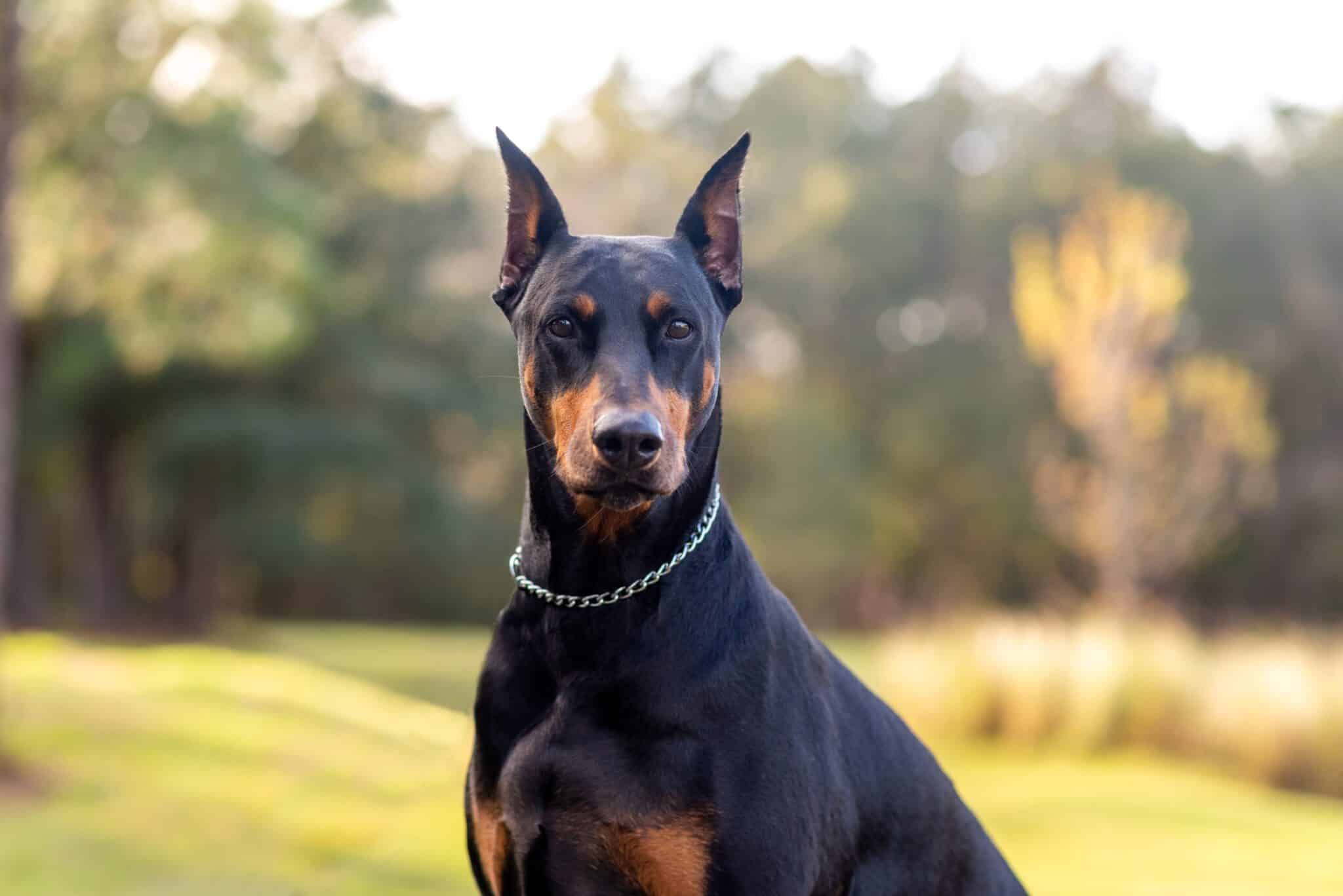 Shutterstock
Shutterstock
Doberman Pinschers are known for their intelligence, loyalty, and protective nature, making them excellent guard dogs. However, their strong territorial instincts and high prey drive can pose challenges when living with cats. Dobermans may see cats as intruders in their space or as prey, which can lead to aggressive behavior or chasing. While some Dobermans can be socialized to coexist peacefully with cats, their natural instincts can make this process difficult. For families with cats, a Doberman may not be the best fit without proper training and close supervision.
The Paw-sitively Worst Pals for Your Feline Friend
 Shutterstock
Shutterstock
Choosing the right dog breed for a household with cats is essential for creating a peaceful and harmonious living environment. While many dogs can be trained to coexist with cats, the breeds listed above may present additional challenges due to their strong prey drive, territorial instincts, or high energy levels. If you’re considering bringing a dog into a home with a cat, it’s crucial to research the breed’s temperament and take the time to properly introduce and socialize the animals to ensure a successful and stress-free relationship.

 1 month ago
8
1 month ago
8

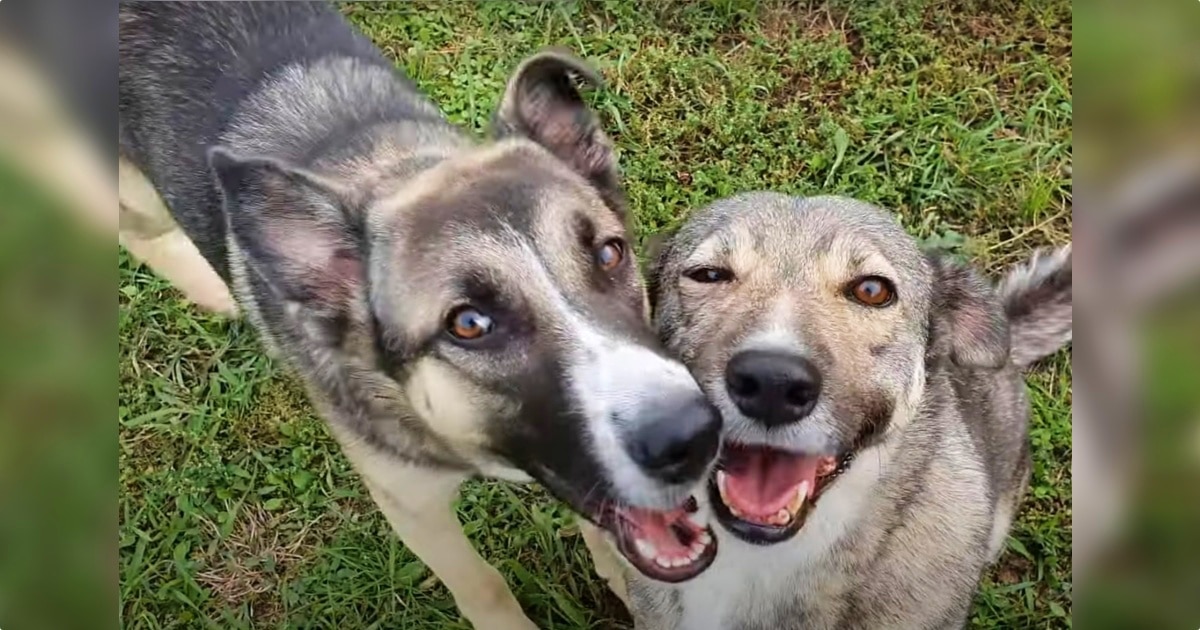
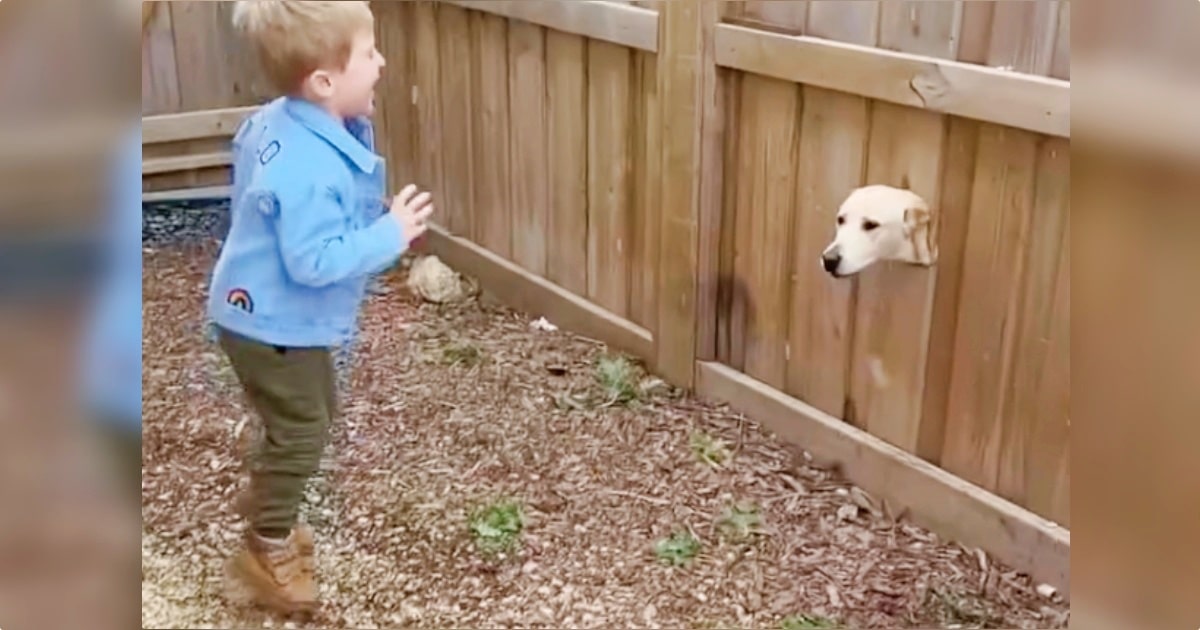




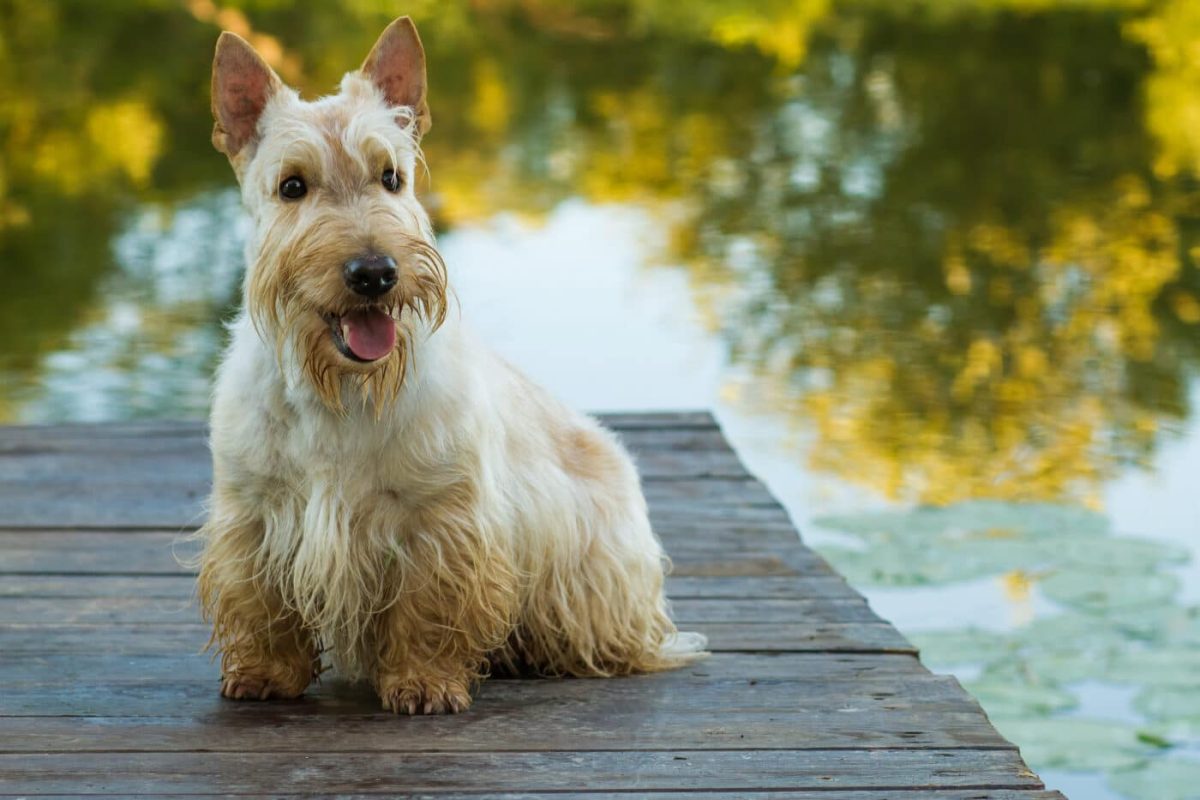



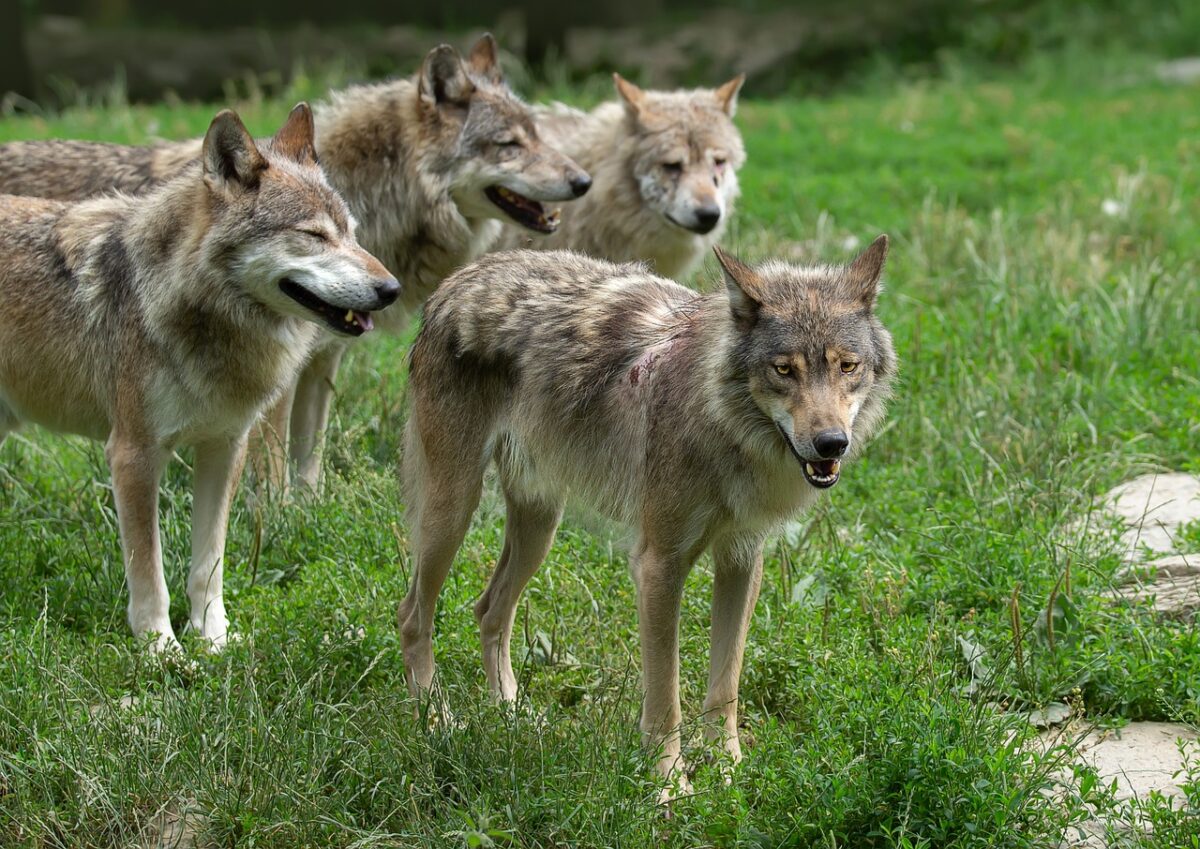
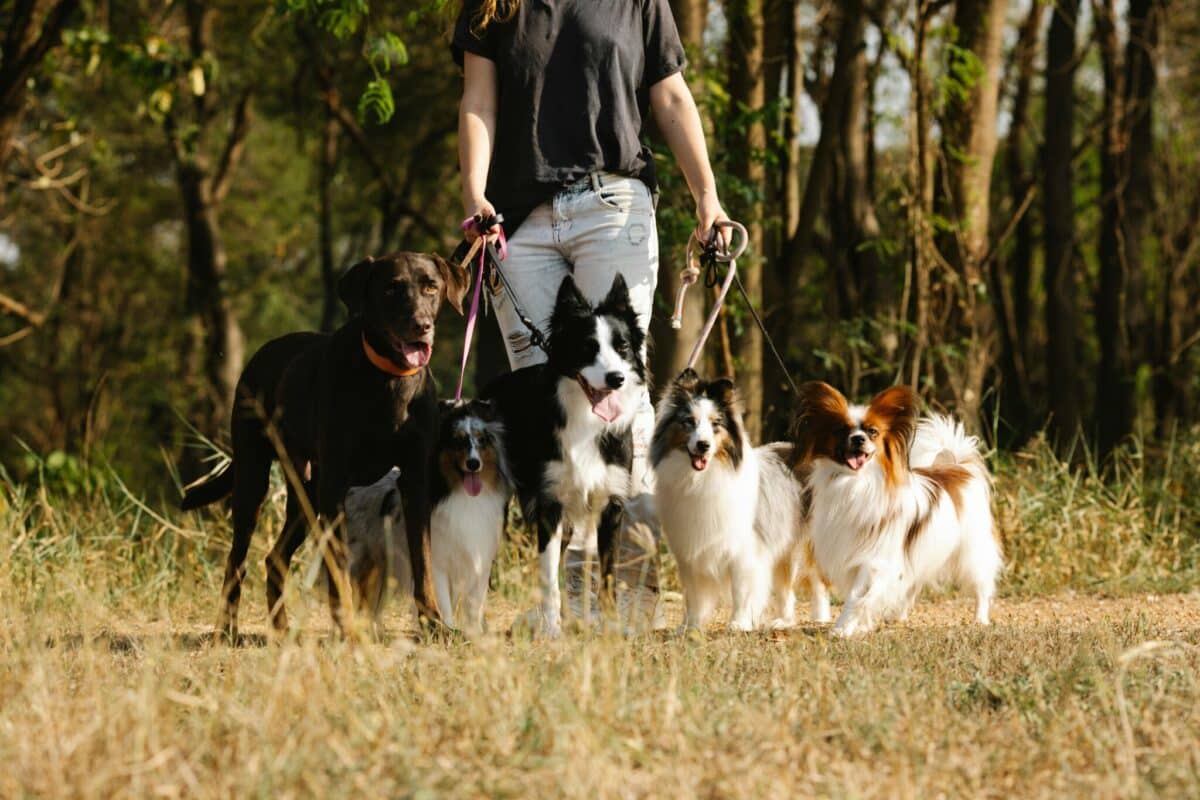



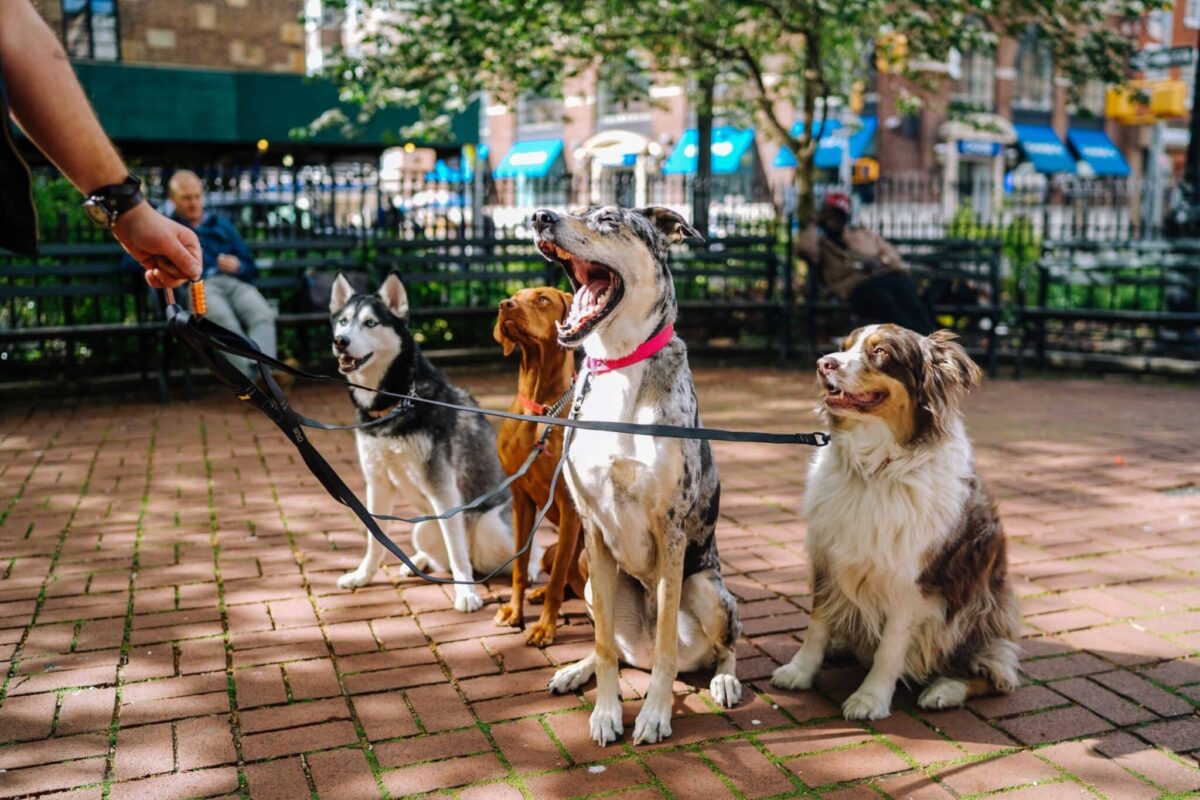

 English (US) ·
English (US) ·